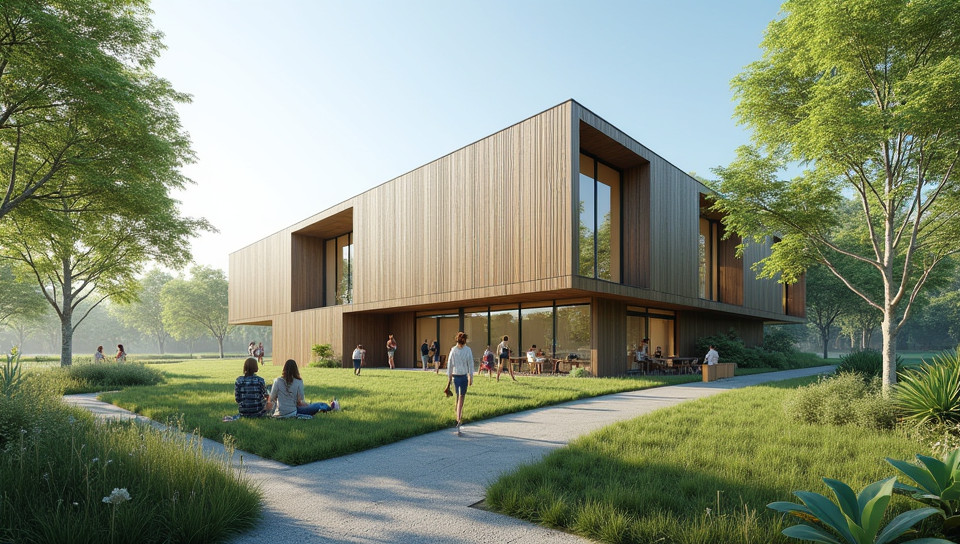LEED certification promotes eco-friendly building practices 85%

The Future of Sustainable Building: How LEED Certification is Revolutionizing Eco-Friendly Practices
As we continue to grapple with the challenges of climate change, environmental degradation, and resource depletion, it's becoming increasingly clear that our buildings are one of the greatest contributors to these problems. The built environment accounts for nearly 40% of global energy consumption, and the construction industry alone is responsible for around 25% of greenhouse gas emissions. However, there is a growing movement towards sustainability in building practices, led by the Leadership in Energy and Environmental Design (LEED) certification.
What is LEED Certification?
Developed by the United States Green Building Council (USGBC), LEED is an internationally recognized standard for designing, constructing, and operating sustainable buildings. The program promotes a holistic approach to sustainability, considering factors such as energy efficiency, water conservation, indoor air quality, and waste management.
Benefits of LEED Certification
- Reduces greenhouse gas emissions
- Conserves water and energy resources
- Improves indoor air quality and occupant health
- Enhances the value of buildings through improved design and functionality
- Supports the development of sustainable communities
The LEED Certification Process
The LEED certification process involves several stages, including:
- Pre-certification: Building owners and developers submit their project for review to determine eligibility.
- Registration: The project is registered with the USGBC, and a LEED AP (Accredited Professional) is assigned to guide the team through the certification process.
- Design and Construction: The building is designed and constructed in accordance with LEED requirements.
- Documentation: A thorough documentation of the building's sustainability features and performance is submitted for review.
Impact of LEED Certification on Eco-Friendly Building Practices
LEED certification has had a profound impact on the way buildings are designed, constructed, and operated. By promoting sustainable practices and technologies, LEED has encouraged architects, engineers, contractors, and builders to prioritize environmental stewardship and social responsibility. As a result, LEED-certified buildings have become synonymous with excellence in sustainability.
Conclusion
In conclusion, LEED certification is a powerful tool for promoting eco-friendly building practices. By prioritizing sustainability, reducing waste, and conserving resources, we can create a healthier, more resilient built environment that supports the well-being of people and the planet. As we move forward, it's essential to continue pushing the boundaries of innovation and collaboration in sustainable building design and construction. The future of our planet depends on it.
- Created by: Sebastián Salazar
- Created at: Dec. 19, 2024, 11:51 a.m.
- ID: 16779



